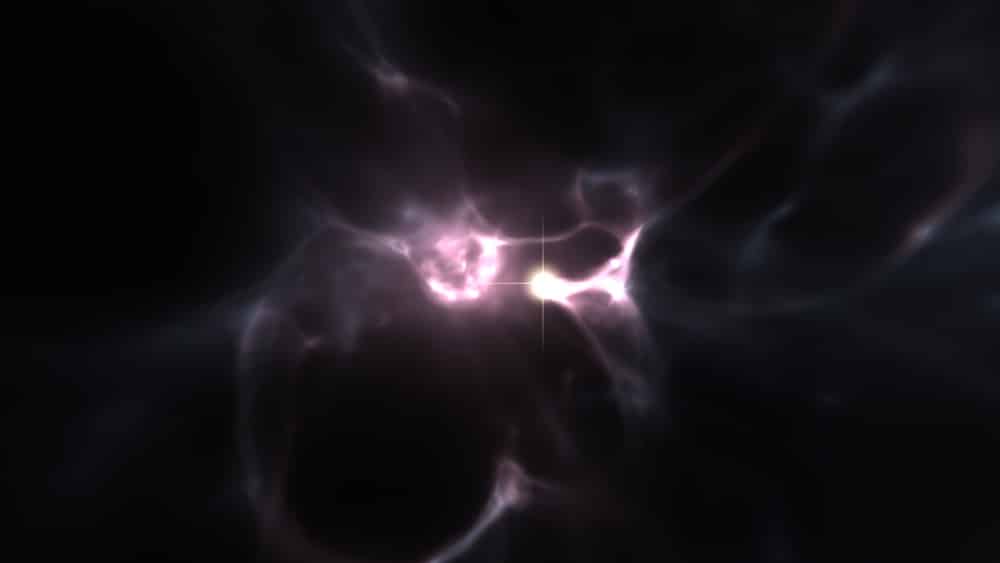Australian-led astronomers find the most iron-poor star in the Galaxy, hinting at the nature of the first stars in the Universe.

A newly discovered ancient star containing a record-low amount of iron carries evidence of a class of even older stars, long hypothesised but assumed to have vanished.
In a paper published in the journal Monthly Notices of the Royal Astronomical Society: Letters, researchers led by Dr Thomas Nordlander of the ARC Centre of Excellence for All Sky Astrophysics in 3 Dimensions (ASTRO 3D) confirm the existence of an ultra-metal-poor red giant star, located in the halo of the Milky Way, on the other side of the Galaxy about 35,000 light-years from Earth.
Continue reading Anaemic star carries the mark of its ancient ancestor









